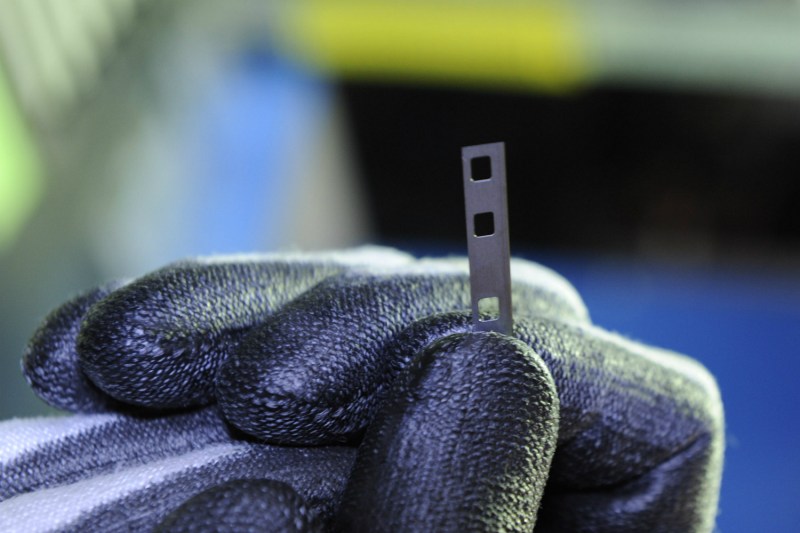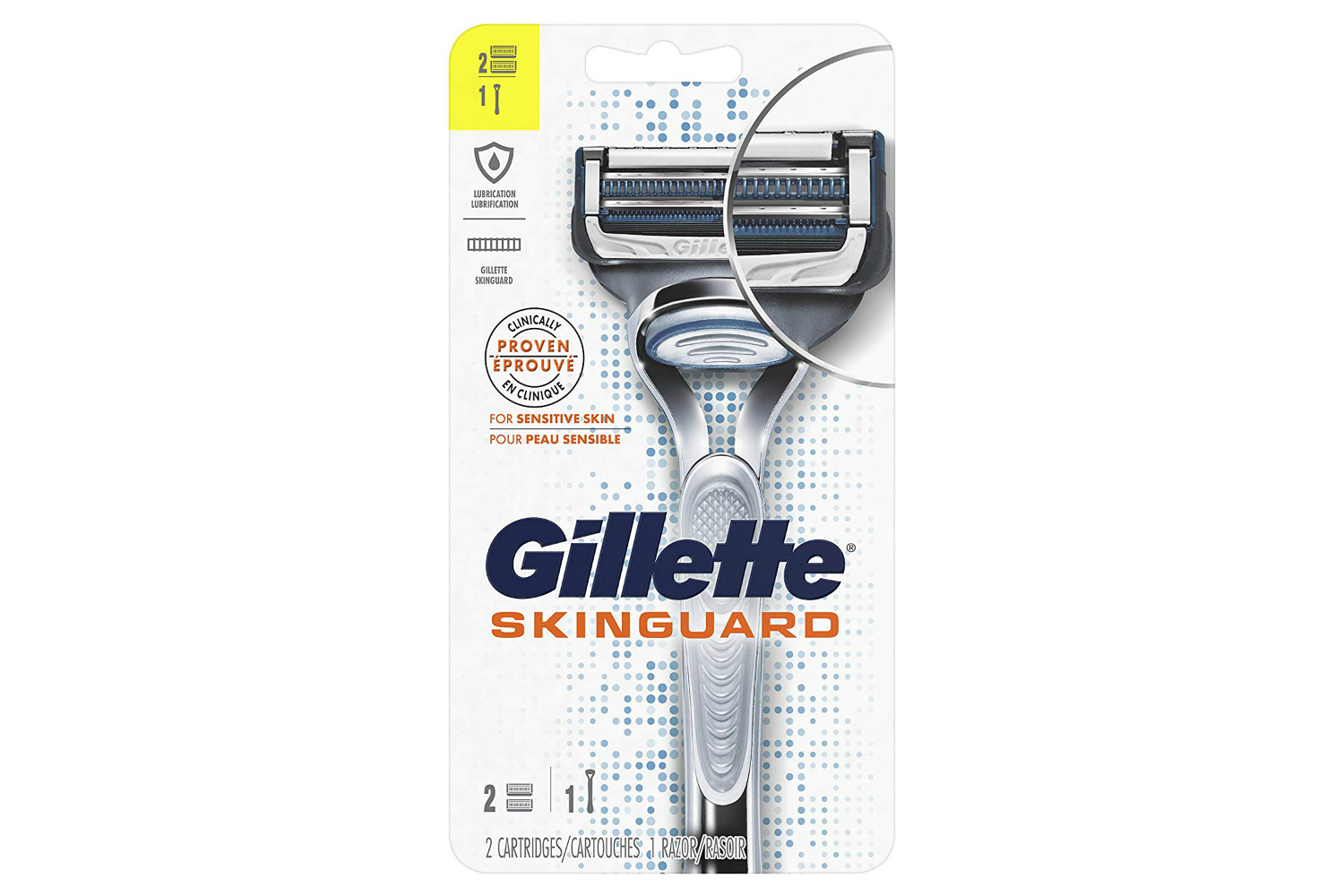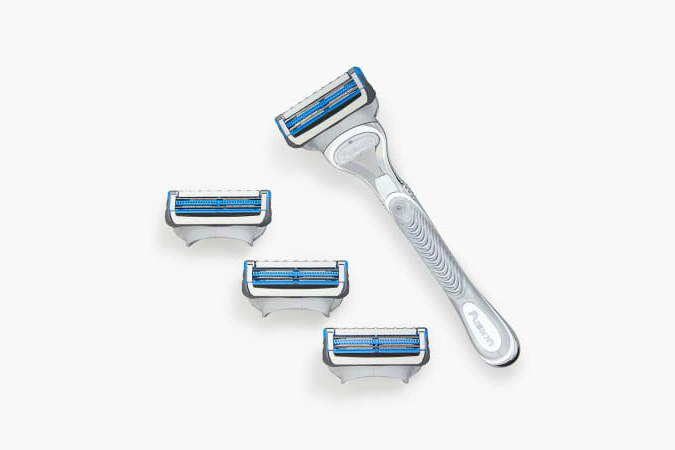
When I was in college, the Gillette brand was a classic case study in several of my marketing classes. The story was that all the male employees would come to work in the morning unshaven so they could test new products. While shaving, the research and development team could watch their behavior in order to create, tweak, and energize the merchandise. Gillette’s “at-home” research and development, together with its marketing, have made it practically synonymous with the international shaving experience, so when the opportunity arose to tour Gillette World Shaving Headquarters for ourselves, we were in!
Good Will Shaving
Gillette, now a subsidiary of Proctor & Gamble, sits just outside downtown Boston in an area that some folks know as “Southie.” It occupies a sprawling campus on a site the company has called home since the 1900s. Don’t let the historic landmark status fool you, though. Cutting-edge Gillette has achieved a zero-waste sustainability goal at its home facility and is rapidly moving toward that goal at its facilities globally. The value placed on forward thinking seems to run throughout the whole company.
I was disappointed to learn that all of that employee testing now happens at the brand’s facility in Reading in the U.K., but we did get to check out the fully-stocked on-site Art of Shaving shop. There are also expert testers here in Boston — think of them as the equivalent of sommeliers for wine or “noses” in the fragrance world — their skin sensitivities are certified as being extra perceptive.

Channeling History
Our first stop on the tour, however, was at a wall where the brand’s history is presented in terms of product innovations. Starting with some of founder King C. Gillette’s prototype safety razors, (a vast improvement from what we now call a “cut-throat” straight razor), the display includes products from the World Wars (G.I.s were provided with James Bond-like razors that concealed papers and maps, and razor blades were magnetized so soldiers could use them as compasses) through the space age (the razor my father used was prominently featured). The display finishes with some recently or about-to-be released models, including the “why” for our trip, the new SkinGuard razor.
Science Guys
We headed upstairs for a presentation by two lab-coated members of Gillette’s R&D staff. Turns out that the brand’s own team members with African ancestry pointed out that, much as they loved working at the company, there wasn’t a product that recognized their unique shaving needs. Black Americans and people of African ancestry often have hair that is coarser and curlier than men of European ancestry, and that doesn’t react well to traditional razors (which only had white men in mind when being designed). Gillette’s multi-blade razors actually cut too close for these guys. This can result in irritation, skin bumps, and ingrown hairs. In fact, 70 percent of men, regardless of genetics, claim skin sensitivity. As a result, many men skip

Since Gillette’s mission is to serve every man, they set out to create a product that would solve this problem and thus the SkinGuard razor was born.
The presentation demonstrated the science behind shaving, including some footage (finally!) of guys
Without going too deep into the engineering of Gillette’s standard recent five-blade model, here’s how the basic design works: The five blades rest on “springs” that counter the amount of pressure you’re applying when shaving. Compare that to disposable razors, which have only two blades and no springs. The goal with both models, of course, is to cut those hairs as short as possible, without cutting the skin. Now, Gillette has adapted the best of both worlds for a blade that can tackle any type of facial hair.

Situation Solved
Gillette’s new SkinGuard razor is designed with a raised “comb,” i.e., the SkinGuard, which is placed between two blades (spaced farther apart than those of a disposable blade) to absorb pressure and smooth the skin between the razors’ strokes. The blades are actually raised a bit higher off the skin’s surface, so they are less likely to actually touch the skin. Of course, that also means that you won’t get quite as close of a shave, but this technique will result in fewer ingrown hairs and less irritated skin. The process is further complemented with two lubrication strips placed at the front and the end of the razor head, further smoothing the whole process.
Of course, we want to remind you of shaving basics with this razor as with any other: It’s best to shower before shaving so your skin is warm and hydrated. Clean the face first to remove dirt and dead skin and to soften the beard. Use a pre-shave oil and a
Buy at Amazon
Future Focus
With its ongoing focus on innovation, Gillette also recently introduced a heated razor that mimics a barbershop hot towel shave, and the firm is about to introduce another new shaving product that makes it easier to shave somebody else. How often would you need to do that? Well, any readers with aging parents will recognize the challenge. Gillette also offers variations on razor personalization, from inserting images onto razor handles, to a Razor-Maker (currently being retooled) that cranks out customized handles via 3D printers. By the way, SkinGuard blades fit on existing Fusion 5 razor handles, so there’s no need to buy a whole new system.





